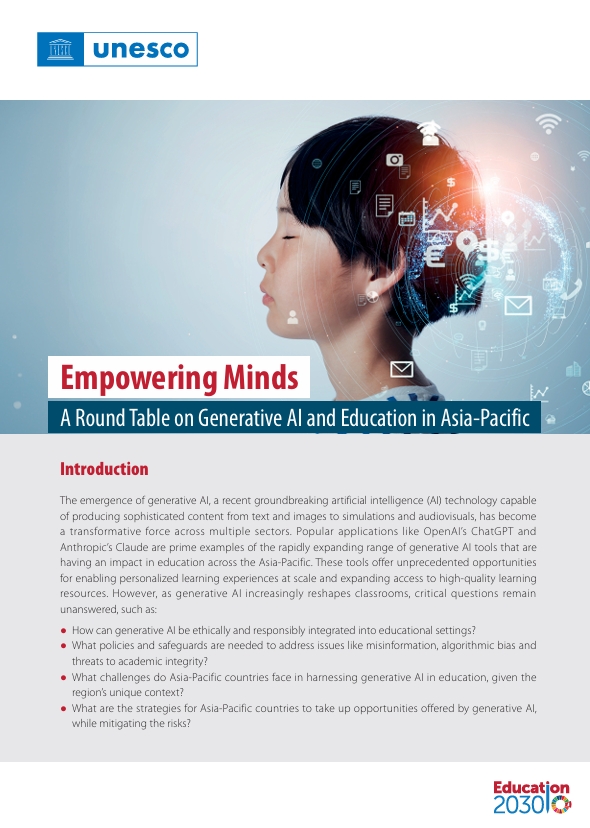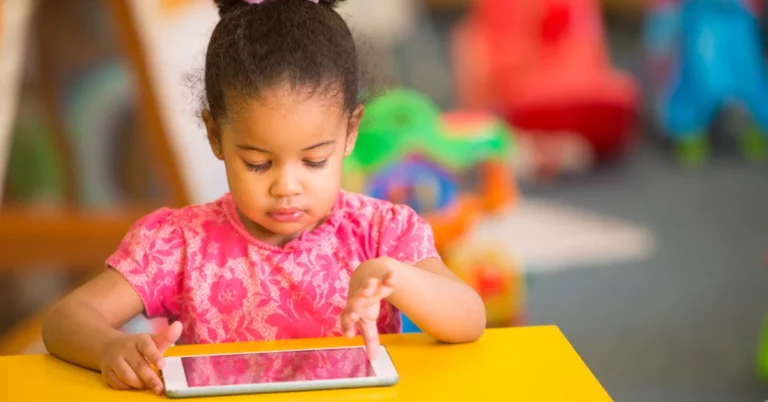We all know that VR is changing education and corporate training, but how? In this article, I discuss 3 ways that VR can be used to create immersive learning experiences.
How To Use VR For eLearning
Virtual Reality (VR) is a popular buzzword in the industry at the moment, and for good reason. As VR headsets become more affordable, comfortable, and powerful, it makes increasingly more sense to implement VR solutions. Here are 3 ways that VR can be used to facilitate learning in the classroom, boardroom, or living room:
1. Scenarification
I haven’t seen this term thrown around, but it is an awesome word to refer to the practice of transforming learning content into scenarios. Fortunately, with the advent of VR, we have the potential to scenarify digital learning experiences like never before. These solutions shine when a high degree of immersion is necessary, but it is impractical or impossible to simulate the experience in real life.
For example, imagine a firefighter trainee entering a VR environment in which he must drive a firetruck to a burning building. Once there, he learns that there is a person inside. The trainee would put what they have learned into practice virtually, where there are no real-life consequences stemming from their performance. This low-risk environment allows the firefighter to make decisions, receive feedback, and learn from any mistakes.
Implementations such as this are already popularizing in law enforcement training. In a facility in New Jersey, police officers are immersed in situations that they would encounter in field, “ranging from domestic violence incidents to active shooter situations”. While the training at this facility is offered on large screens, VR headsets promise to further block out distractions and immerse the trainee.
Finally, the scenarification possibilities provided by VR extend much further. Imagine having a virtual debate on stage in front of an audience 20-thousand people strong to improve your public speaking skills, or even having to respond in the case that you become untethered during a walk on the International Space Station. When simulating the experience in real life would be prohibitively expensive, or when potential mistakes could be catastrophic, VR is a compelling and worthwhile solution.
2. e-Trips
Here I go again coining terms. By e-trips, I am referring to any type of virtual field trip through space or time. That’s right: time. VR makes it possible to sit in the Colosseum at the height of the Roman Empire, walk through the streets of Victorian London, or even watch the pyramids get built in Ancient Egypt. These virtual experiences would contextualize periods of history for students far better than any lecture or video could, and it would be a far different experience reading a Charles Dickens novel after experiencing the filth and grandeur of 19th-century London through your own eyes.
Naturally, these experiences would be very code and graphic-intensive, requiring many man-hours to create. However, as technology improves, experiences such as these become increasingly practical.
Taking e-trips to real, present-day places is much more cost effective, as the surroundings can be recorded using 360-degree cameras. This has particular promise for museums, as students in some locations may be barred completely from physical access to them. The Smithsonian is one of the first to offer virtual tours of their collections, and, even though a VR tour may not be the same as walking through a museum in person, the experience is infinitely more immersive than reading a webpage and looking at a photo.
Google is also offering virtual “expeditions”, as they call them, to students across the globe. This allows students to explore coral reefs, national parks, or even the “surface of Mars” from the comfort of their homes or classrooms. Seeing this initiative from such a large company is promising for the future of VR in education.
3. Virtual Reality Classrooms
Finally, virtual reality classrooms change the landscape of distance education. Rather than discuss course content on asynchronous discussion boards or receive black-and-white emails from an instructor, the class can meet in a virtual space capable of changing at a moment’s notice.
For example, when class begins, students can put on their VR headsets and connect to their teacher’s virtual classroom. In this virtual space, the student’s would either use photorealistic representations of themselves, default computer-generated avatars, or, if the program allows, they would be able to change their avatars to suit their personalities.
The best part about the VR classroom is that it is not constrained by physical space; it can be coded to have 4 white walls with minimal distraction, or it may be coded with 3D objects to mirror the classrooms we see in today’s school. Regardless, when it comes time for students to give presentations, the teacher can institute a raised stage at the front of the room.
At this point, VR classrooms may not seem truly groundbreaking. They’re just regular classrooms, but virtual, right? Wrong. In the virtual space, teachers can bring in digital objects or representations to enhance their lessons. When giving a lesson on anatomy, the teacher can spawn a human skeleton and highlight the different bones and muscles as they are discussed (similar to the experience advertised by Microsoft’s Hololens). When discussing the animal kingdom, the teacher can generate a blue whale right outside the classroom so that the students can get a sense of its scale. The opportunities for this are endless, and they give the virtual classroom even more potential for positive learning outcomes than a physical classroom would.
Putting It All Together
Even though I presented these three methods as distinct categories, it is definitely possible to blur the lines and create more complex virtual experiences. Teaching that lesson on Charles Dickens with your remote students? Imagine starting class in an empty 19th-century Trafalgar Square to brief the students for the experience. From there, you walk the students through London to Charles Dickens’ home, where he comes outside to greet you. Dickens proceeds to invite you all inside and asks for help writing the next paragraph of his novel, which is where the students are able to practice using and understanding Victorian English. And there you have it: a virtual classroom, e-trip, and scenarified lesson, all in one afternoon.
These experiences are only limited by budget, imagination, and technical ability. While some of them may seem far-fetched today, they are only coming closer into reach with our rapid technological advancement. We must think about what’s possible now so that when the technology becomes more prevalent, we can leverage it to create life-changing learning experiences.






